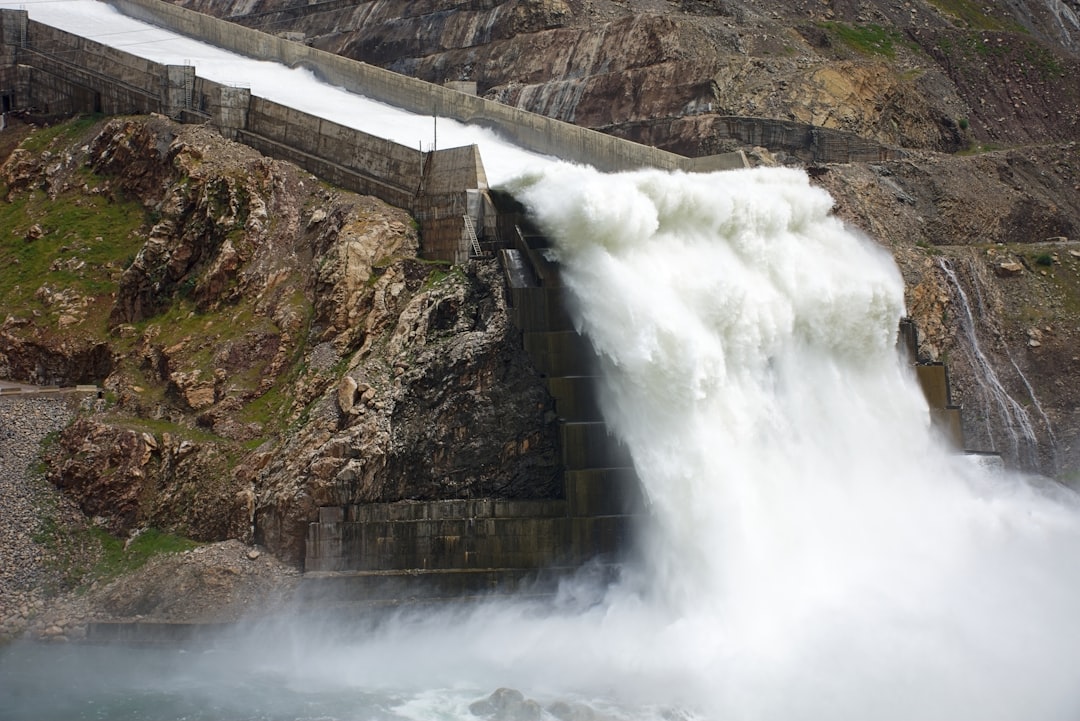What is it about?
The reduction reaction is a kind of chemical reaction in which a reactant (A) gives electrons to another reactant (B) to produce a product (P). To explain the reduction reaction, two different mechanisms have been proposed. In one case, the flow of the electrons goes directly from A to B to produce P in a reaction called a “direct reduction reaction”. In the second case, the flow of the electrons goes from an extra reactant (C) to B to produce P, in which A is present but does not directly interfere with the reaction. This latter reaction is called a “catalytic reduction reaction”. This paper explores the differences between these two chemical reactions by using nitrite (NO2-) reduction to produce ammonia (NH3). These reactions are mediated by a set of iron sulfide materials which interestingly are founded in different sceneries such as in the active site of enzymes and in the structure of natural chimney at the bottom of the ocean where the life is believed begun.
Featured Image

Photo by Shubham Dhage on Unsplash
Why is it important?
We show that the relationship between direct and catalytic reduction reactions is important to understand because the two reactions compete with each other in any practical application of catalysts where a reduction reaction is involved. All iron sulfides tested could act as both catalysts and as direct reductants of NO2- to ammonia, and the pH, concentration of reactants, and disorder level of the materials are the determinate factors in the selectivity by one or other process. It is an important consideration in catalyst design and in directing product selectivity.
Perspectives
“Understanding the differences between direct, and catalytic reduction reactions offers a theoretical framework for the development of an efficient and economic new generation of catalysts”
Carlos Felipe Garibello
Read the Original
This page is a summary of: Redox properties of iron sulfides: direct versus catalytic reduction and implications for catalyst design, ChemCatChem, March 2022, Wiley,
DOI: 10.1002/cctc.202200270.
You can read the full text:
Contributors
The following have contributed to this page










